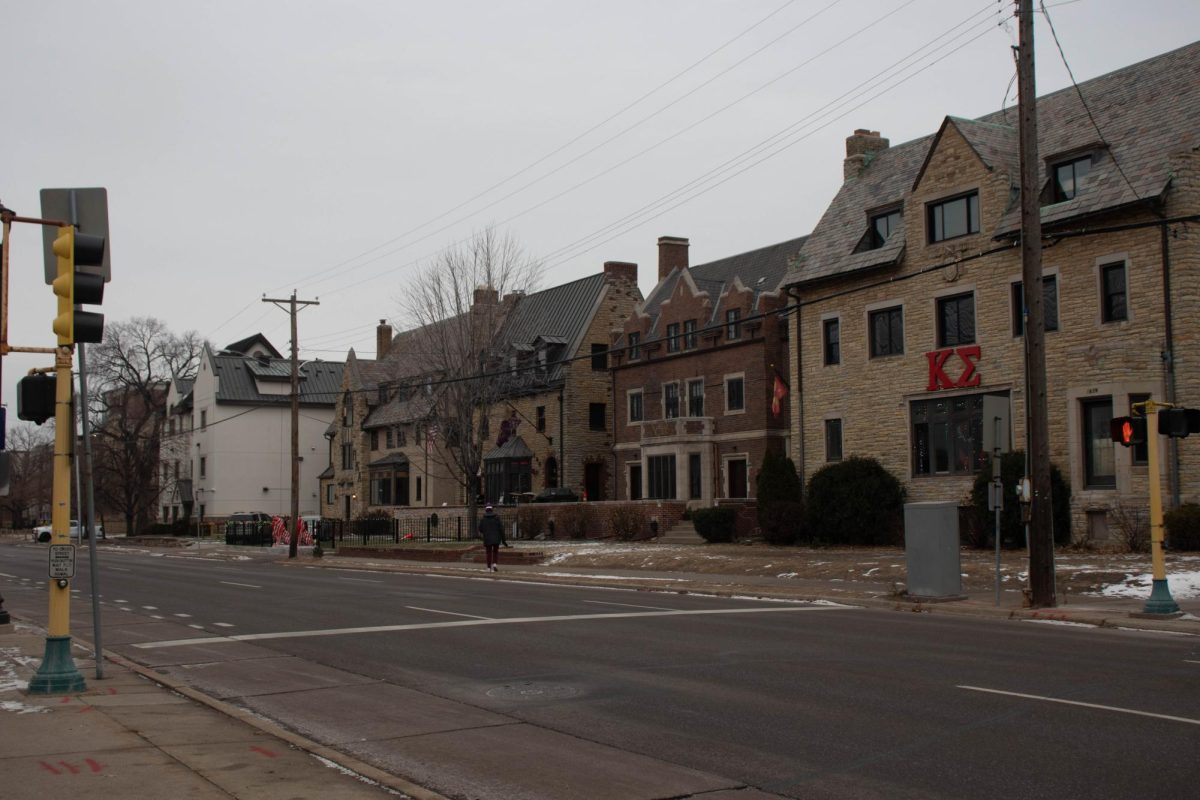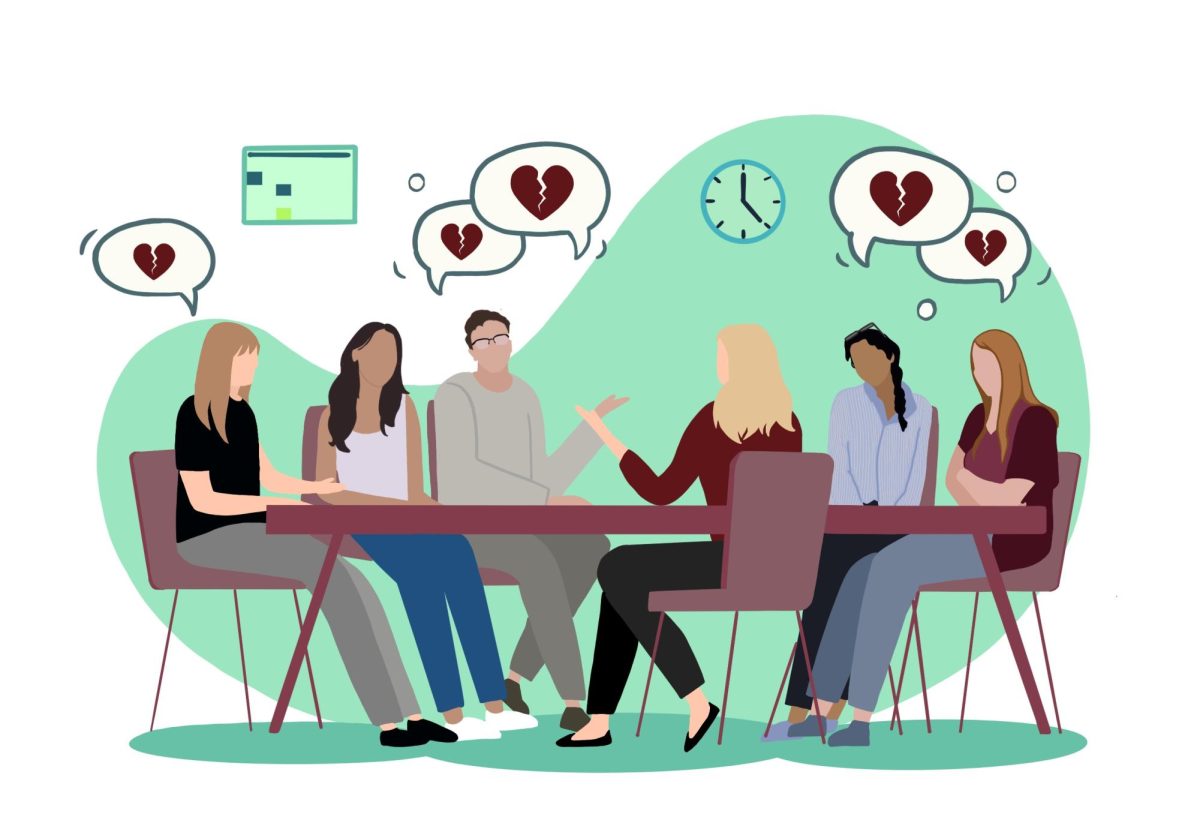I’m coming out. February is Ectodermal Dysplasia Awareness Month. And in this case, ED most definitely doesn’t stand for erectile dysfunction. Long before Viagra published the importance of giving old men erections, I knew ED as ectodermal dysplasias. You see, I was born with ectodermal dysplasias.
As embryos develop into fetuses, they pass through a stage when they are only three cell layers. The outermost layer is the ectoderm. When this layer mutates, it’s called ectodermal dysplasias, and it can affect everything that develops from this layer. Skin, hair, teeth, the lens of the eye and parts of the inner ear are just some of what develops there.
If one has at least two affected body parts, they are considered to have ectodermal dysplasias. I have the most common type of it – hypohidrotic. The literal translation of my ectodermal dysplasias from Latin to English is “not enough water outer layer disorder,” which is quite an accurate description of this type of disorder’s main feature – not having enough sweat glands.
Thus, I overheat easily. My body can’t automatically adjust when I come into a warm room from the cold, so I feel a little too hot. One of the few places I do have sweat glands is my feet, so my first action after sitting down in class is to remove my shoes so that my body temperature adjusts more quickly. I also have a water bottle with me at all times to regulate my body temperature by drinking fluids.
The other characteristics I manifest are less noticeable – my hair is very thin, but because it’s curly, you can’t tell. My hair and nails grow incredibly slow. My eyes are very light sensitive, so I’m almost always wearing sunglasses outside, and I have clear sunglasses for wearing inside. I only have two adult teeth; the rest of the 20 I have are my baby teeth. Needless to say, tough foods, such as red meat and apples, can sometimes be a pain to eat. Luckily, I go to a well-respected research university, where the faculty-practice dentists have heard of the ectodermal dysplasias. Growing up in Dubuque, Iowa, I’d have to commute to the University of Iowa for my dental appointments.
I was diagnosed when I was a baby. First, I got an infection called pneumococcal septicemia, which means my blood was infected. I got a very high fever, and the doctors couldn’t figure out why it was so hard to get my fever to break. Then, my teeth started to come in, and they were small and pointy, instead of “normal” looking.
I was genetically tested almost a decade ago, and at that time they only knew of ectodermal dysplasias being carried on the X chromosome. Since women have two X chromosomes (and you only need one), the “defective one” is often “switched off” in a woman. Therefore, the doctors were confused as to how I ended up with ectodermal dysplasias. Sometimes genes can translocate, in which part of one chromosome is moved to another chromosome, or a chromosome randomly mutates; the doctors thought that might have been the case with me.
A few years ago, it was discovered that ectodermal dysplasias can also be carried as a recessive or a dominant gene on one of the autosomes (the nonsex chromosomes), but I haven’t been retested since then. Researchers still haven’t found genes for all the 150 different types of ectodermal dysplasias. My dad thinks I might have inherited it autosomally from his side of the family, as his sister always had problems with her teeth. My dear aunt died of cancer recently, and after her funeral we collected a lock of her hair to be tested. I might finally get some answers, but it won’t bring my aunt back.
As I try to think of ways to honor my aunt, solving a family mystery only seems like one of them. Since dwelling on my health all the time doesn’t seem a healthy or constructive option, I’d like to plug “Show For Life 2005 – No Day But Today” as another.
“Show For Life” is an all-campus talent show organized by the Residence Hall Association. It has been held annually since 1986 to celebrate life and raise money for suicide awareness. Last year’s show welcomed more than 20 acts, was attended by more than 300 University students and community members and sold out Coffman Union Theater.
This year, “Show For Life” will be held Wednesday at 8 p.m. in Coffman Union. Tickets are $4 ahead of time at residence halls and University apartments or $5 at the door. All proceeds with go to Suicide Awareness Voices of Education, a Bloomington, Minn., organization committed to preventing suicide through public awareness and education and serving as a resource to those touched by suicide.
As the long nights of winter begin to give way to light, I can think of nothing better than celebrating life.
For more information on the “Show For Life,” go to www.tc.umn.edu/~rha. For more information on suicide awareness, go to www.save.org. Boynton Health Service also offers a Mental Health Clinic for University of Minnesota community members. Its Web site is http://www.bhs.umn.edu/services/mentalhealth.htm. For more information on ectodermal Dysplasias, visit the National Foundation for Ectodermal Dysplasia at www.nfed.org.
R.R. Stewart welcomes comments at [email protected].







